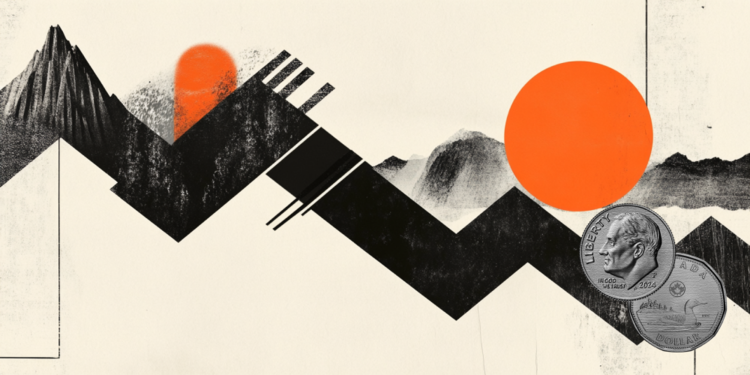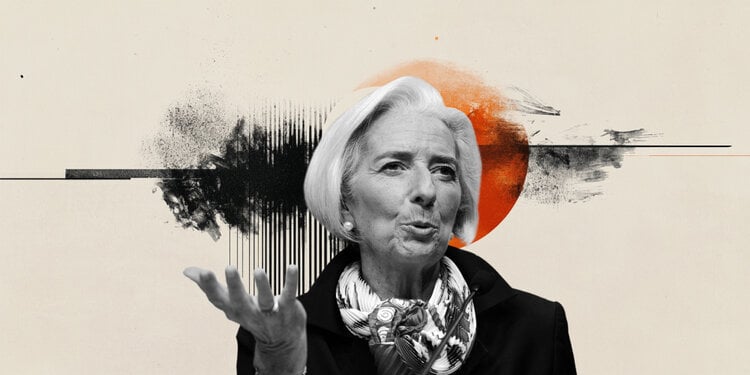What would you do if a policeman, screaming, pointed a gun at you almost in front of your house? Alexandre Marcondes raised his hands and asked what was going on. According to the 45-year-old lawyer, the PM stated that he was “in a suspicious attitude” for wearing a mask against covid and because of a teenager who was walking on the same street in Alto da Lapa, in the west zone. The two were planning to rob an elderly couple, according to the officer.
The lawyer denounced racist attitude. The PM denies this and states that “every approach is carried out based on objective and legal criteria”. Experiences like Alexandre’s illustrate veiled or camouflaged prejudice. It’s not explicit, like calling someone a “monkey,” but it’s common.
It’s in the comments about her hair and skin color, the fear when crossing a black man on the street or when an employee suspects that the customer is stealing a blouse, as happened at a Renner store in Shopping Madureira, in Rio, last week last.
After the approach, Alexandre felt his legs wobbly, sat on the sidewalk and cried. He looked to make sure that his 6-year-old daughter had not seen the scene from the balcony of the house where they live in the noble region.
The episode, recorded by TV cameras on October 2, was reported to the Military Police Ombudsman. The OAB-SP stated that it sent a letter to the general commander of the Military Police of the State of São Paulo and another to the attorney general of Justice.
A national qualitative survey carried out by the Locomotiva Institute last year points out that 84% of people recognize that there is racism in the country in relation to blacks, but only 4% consider themselves prejudiced.
“Brazilian racism is neither the worst nor the best, but it has its peculiarities, including silence and the unsaid, which confuses victims and non-victims”, says anthropologist Kabengele Munanga, from USP.
For the couple Ana Paula Inácio Pereira and Gilmar Dias Inácio Pereira, the reason for concern is also the frequency of police approaches. They have a white Jeep Compass in the garage of the condominium located in Lausanne, north of the city.
“For society, we shouldn’t have this car. Usually the other cars pass and ours stays.” The problem does not only happen in São Paulo.
The survey “Suspicious element: racism and police approach in Rio de Janeiro”, carried out by the Center for Studies on Security and Citizenship of Rio de Janeiro (Cesec), shows that 63% of the approaches in the city targeted black people in 2021. Police approaches illustrate veiled racism in the opinion of Rafael Alcadipani, from the Brazilian Public Security Forum. “This is an exemplary case of structural racism in Brazil.”
boss
Retired nurse Renilda Aparecida was preparing lunch when the doorbell rang at her house in Tremembé, in the Vale do Paraíba region, in the interior of São Paulo. When she got to the gate, the 68-year-old lady listened. “Can you call the boss?”. Cida, as she is known, was the owner of the house. “I frowned and said ‘I’m the boss’. I didn’t even ask what they wanted,” she says.
This “confusion” also happens to José Vicente, rector of the Zumbi dos Palmares University. He says that he is rarely received as a teacher at events. A similar situation was experienced by the former Minister of Racial Equality, Eloi Araújo. During a family outing in Petrópolis (RJ), he parked the car and waited for his daughter and wife to return. Then he heard, “You can park my car.”
Black women still suffer from the objectification of the body, which generates violence. A highlight of the samba school Rosas de Ouro, Alessandra Vania says that her hair became a symbol of affirmation. “The looks don’t diminish me. The more they look at me, the more my self-esteem rises. But it is a statement and a struggle every day”, she says.
Combating prejudice involves childhood, work, friends and reading
Faced with veiled racism, black men and women seek personal protection strategies, such as IT intern Lucas Oliveira, 21, who does not wear a hood or cap when shopping and always goes straight to the shelf where the desired product is.
“If I walk around the store, I’m sure a security guard will show up”, says the resident of Penha, east side. Research by Instituto Locomotiva shows that seven out of ten black people have already gone through his drama.
Private rituals protect, but do not attack the problem head-on, warn experts, who highlight some points against veiled racism.
Sons
For Michelle Levy, CEO and co-founder of the consultancy Filhos no Currículo, specialized in creating parental policies, it is important to raise children with an anti-racist vision from an early age. “Treat the subject with them, especially up to the age of 6”, defends Michelle. Humberto Baltar, from the Pais Pretos Presentes collective, a support network for educating black people, stresses the importance of raising children “in diversity” and not “for diversity”.
School
So, check if your child’s school has ethnic-racial and diversity themes in the school curriculum and in the pedagogical proposal, especially about Afro-Brazilian and African history and culture that are not just slavery. It is also important to show black people in a position of protagonism. Law 10.639/03, of 2003, makes the teaching of “Afro-Brazilian history and culture” mandatory in official and private schools.
Job
Look for anti-racist content at work. Research whether the company has a diversity committee and inclusion booklets. If the position is one of leadership, think about the proportion of blacks and whites among your employees.
Friends
Talk to black friends about the differences in the way whites and blacks are treated – and share experiences with blacks, defends Leizer Pereira, CEO of Empodera, which prepares companies for inclusion.
report it
Denounce it if you think it’s necessary, advises Dennis Oliveira, from USP. He takes care of vocabulary and reads works by black authors, such as Racismo Estrutural, by Silvio de Almeida, and Pequeno Manual Anti-racista, by Djamila Ribeiro.
Source: CNN Brasil
I’m James Harper, a highly experienced and accomplished news writer for World Stock Market. I have been writing in the Politics section of the website for over five years, providing readers with up-to-date and insightful information about current events in politics. My work is widely read and respected by many industry professionals as well as laymen.







